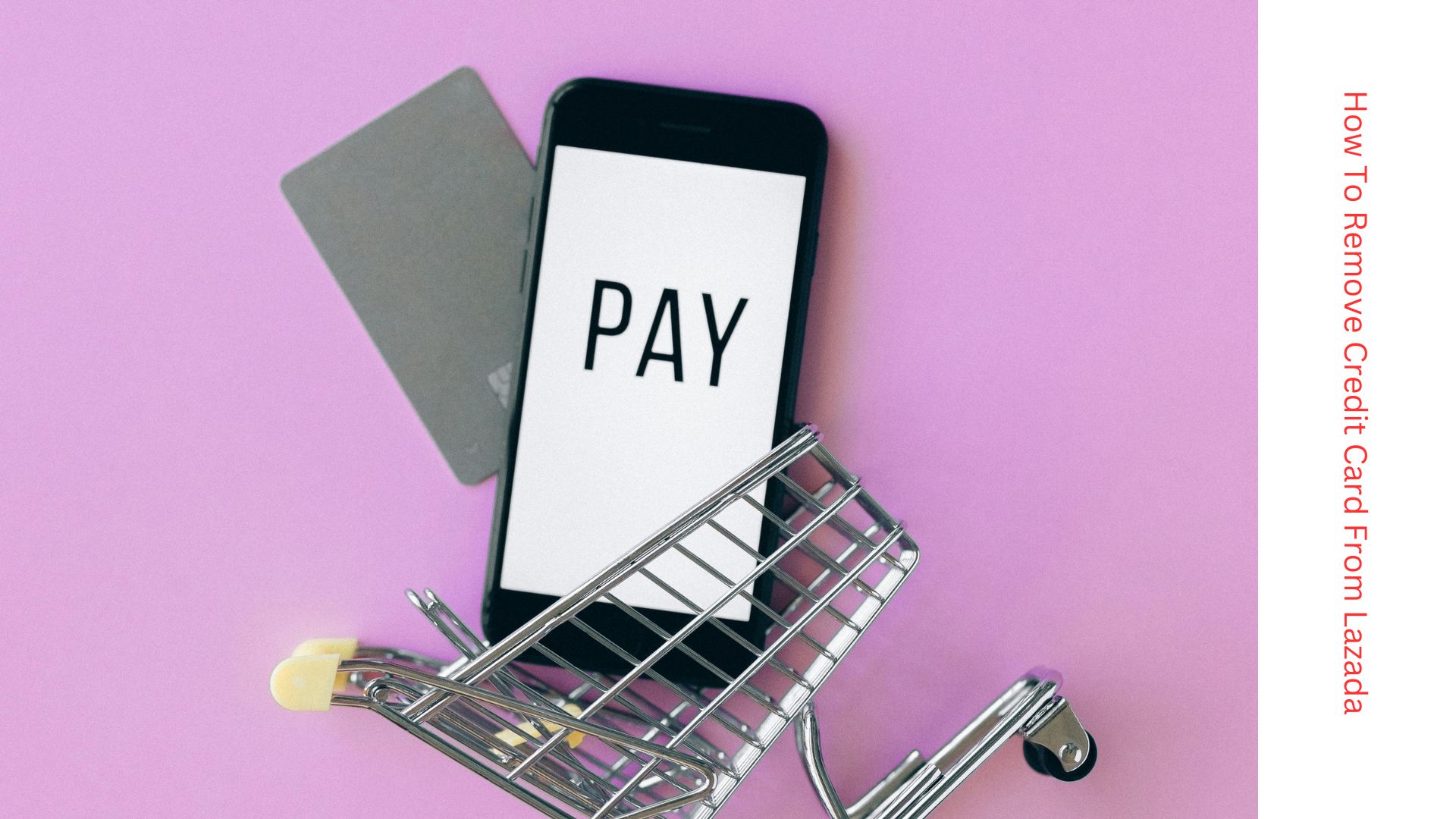AI Chatbot Created by OpenAI Can Be Defeated with Cryptography, Says Chelsea Manning at SXSW 2024
Artificial intelligence (AI) has become a hot topic following the launch of ChatGPT. While ChatGPT has the potential to write blogs and create crypto trading bots, some are concerned that AI could be harmful. A survey conducted by the sales platform Tidio found that…
…that 69% of college graduates believe AI could take their job or make it irrelevant in the coming years. Others have remarked that the rise of AI will make it increasingly challenging to verify accurate information amidst the growing prevalence of fake news generated by artificial intelligence.
For example, Chelsea Manning — an activist, security consultant for the decentralized privacy platform Nym, and former Army intelligence analyst — told Cointelegraph that information verification would become a fundamental problem as AI becomes more integrated into society. Manning discussed how blockchain technology could help combat AI challenges during an exclusive interview at South by Southwest 2023.

Cointelegraph: Why is the rise of artificial intelligence concerning, and how can blockchain technology address these concerns? Chelsea Manning:
The development of artificial intelligence has been ongoing for a long time, yet as AI surveillance becomes more efficient, it may diminish the effectiveness of private virtual networks in protecting user data.
Another danger related to AI, such as deepfakes, is that these elements may become so convincing that many instances will end up in courtroom settings. For example, there could be future situations where individuals will need to forensically verify to a court whether something was generated by AI.
We could use blockchain technology to create a decentralized method for tracking where information originates, who is producing it, and where it was created. This information could then be verified on a distributed ledger to confirm the historical occurrence of events, thereby reducing disputes.
For instance, someone could take a photograph and then place the metadata on the ledger for verification. If there is a dispute, they can refer to the ledger and view the cryptographic signature to confirm that the particular event occurred.
CT: Do you believe we will see more companies emerge that use cryptography to address AI challengesCM:

Yes — since verification will likely become a fundamental issue as society is exposed to products or surveillance systems that leverage AI. One way to address this challenge is through cryptography, which will be essential.
Manning (right) with Cointelegraph reporter Rachel Wolfson at SXSW.
I also believe that a major battle in the technology space over the next decade will be the dilemma of verification and determining whether the information we receive is accurate. We face a real risk of our entire reality being manipulated through our phones, televisions, and other online sources. This information will increasingly be convincing, even though it may not be accurate, and this is a fundamental way we interact with the world. In my opinion, there are solutions to these issues, and with some foresight and planning, these doomsday scenarios can be navigated.
CT: You also have strong views on adopting an infrastructure approach to ensure privacy and security. Can you explain what this entails? CM:
One of the most frustrating aspects of developing hardware technology is ensuring the hardware itself is secure. This is why hardware developers need to focus intensely on supply chain issues — including who is developing and designing the technology, among other factors.
I also believe in the added advantage of using open-source architecture, as these standards are common and universal. I’ve been exploring open-source architectures for developing secure technology for Nym. For example, RISC-V is an open-source architecture developed at the University of California, Berkeley. RISC-V was designed to evolve over time as a standard that doesn’t require any intellectual property (IP) rights. While users can build IP based on RISC-V, the architecture itself is available to anyone without requiring a fee.

CT: What are your thoughts on cryptocurrency? CM:
I became very enthusiastic about Bitcoin when the white paper came out, but I didn’t initially view tokens as assets or fully appreciate the value behind blockchain technology. I was quite surprised at how readily people were willing to see proof-of-work certificates as something they could buy, sell, and speculate on.
This isn’t necessarily my area of interest, as I don’t engage with speculative assets overall. However, from an academic perspective, I find the technology fascinating. I believe cryptocurrency is still a proof-of-concept for what is possible with blockchain technology, though it may not yet be ready to transform the world entirely.

CT: Recently, we saw Silicon Valley Bank taken over by regulators. How do you think this will impact the tech industry as a whole? CM:
This will be a seismic event that reinforces my skepticism of speculative assets in general. It demonstrates that we are still at the mercy of the economy, whether with traditional banks or token assets.
The Federal Reserve System and regulators are all interconnected. As inflation has been high and the Federal Reserve has attempted to reduce the amount of currency in circulation, we’ve seen increased stress on more speculative and risky ventures. It doesn’t surprise me that we are now witnessing the results of these pressures.











